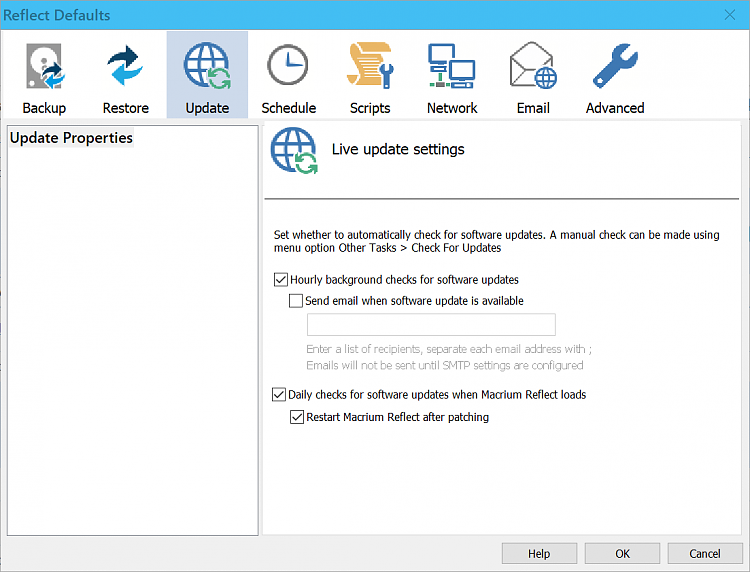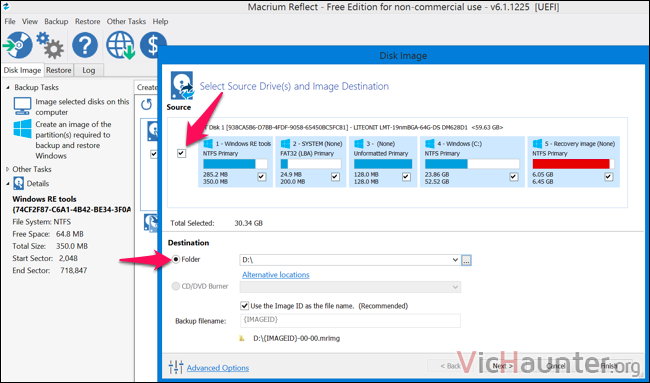

If you do not want to modify the order or size of partitions of the clone, click Next. In this case, there is only one disk available.

Select the hard disk you wish to clone to. In the wizard that opens Click Select a disk to clone to…ģ. Select the disk you wish to clone in the main application window and Click ‘Clone this disk’.Ģ.

If you clone your system disk to a USB connected external drive then, to boot your clone, the physical disk must be removed from the USB caddy and attached to your Motherboard SATA port. This is a restriction imposed by Windows. Important: Windows cannot boot from a USB connected drive. You can clone to a hard drive installed in your computer or to a hard drive installed in a USB hard-drive Caddy. Cloning your hard drive creates a bootable new hard drive with the state of your computer at the time you undertook the clone. With Macrium Reflect you can boot the target disk on the same system after cloning. This is useful if you are upgrading to a larger hard drive. It is possible to clone an entire hard drive or specific partitions on a hard drive.

But, we don’t need to do it manually we can use Macrium Reflect to migrate the entire Microsoft operating system (MOS) from the old PC to the new PC. We have apps, programs, files, and settings that we want to keep. We know that this job could be annoying, and losing information is not an option we want to consider. Everything goes perfectly until we want to have exactly the same data that was on the old PC. Even upgrading from an HDD to an SSD can bring a massive (and exciting) increase of performance for most PCs. If you use Restart now from the Recovery option you should now find that all functions in the Recovery Environment work correctly.Everyone knows how exciting it is to get a new computer and all the benefits this brings to our lives. Windows RE location: \\?\GLOBALROOT\device\harddisk0\partition5\Recovery\WindowsREīoot Configuration Data (BCD) identifier: edbe9280-a182-11e8-8220-e94de08e8c51Įspecially check that the Windows RE status: is Enabled Windows Recovery Environment (Windows RE) and system reset configuration Ren ReAgent.xml ReAgentOLD.xml (backup old version just in case) be even more careful with diskpart not to delete or mess up anything.Ģ. Need to force Windows to write a new ReAgent.xml file be careful to find the new SSD and not the original HDD if you have not already wiped it. you can find the values by running diskpart Note: you must replace 0 and 5 with the correct disk and recovery partition numbers for your system Reagentc /setreimage /path \\?\GLOBALROOT\device\harddisk 0\partition 5\Recovery\WindowsRE This can be done as follows with the command line tools available in Windows 10. In order to fix it you need to reset the path to the recovery partition which is now on a different disk. I also migrated Windows 10 to an SSD using Macrium Reflect and had the same problem with the Windows 10 Recovery option.


 0 kommentar(er)
0 kommentar(er)
